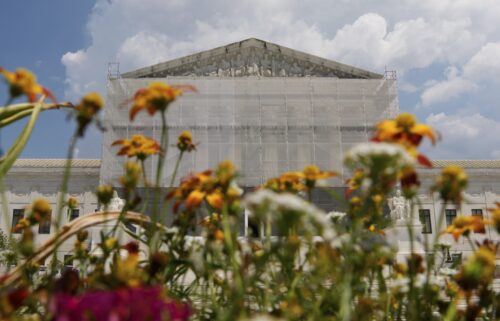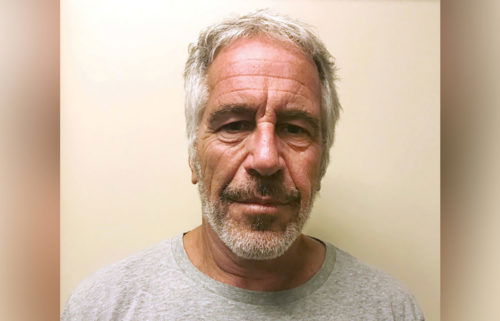NASA astronauts prepare for two spacewalks

Early Friday, NASA astronauts Chris Cassidy and Robert Behnken will conduct a nearly seven-hour spacewalk outside of the International Space Station to replace lithium ion batteries for one of the station’s power channels.
They will conduct a second similar spacewalk on July 1.
The walks will begin at 7:35 a.m. ET. Beginning at 6 a.m. ET, NASA will provide live coverage of each.
Both astronauts are veteran spacewalkers. This will be Cassidy’s seventh venture outside and Behnken’s eighth.
Behnken, along with NASA astronaut Doug Hurley, launched from the United States and joined Cassidy on the space station on May 31. They were aboard SpaceX’s Crew Dragon during the Demo-2 mission.
These spacewalks are the culmination of a series of power upgrades that began in January 2017 to replace nickel-hydrogen batteries with new lithium ion batteries. The new batteries arrived last month on a Japanese cargo ship
These two spacewalks will focus on replacing batteries for one of the power channels on the far starboard truss of the station.
This task, however, is nothing like replacing batteries in your remote. These batteries are large, based on the animation NASA shared in a tweet. The astronauts will make several trips back and forth along the truss to remove and replace each battery, using foot restraints to help maintain their position and hand tools for adjustments.
For both spacewalks, Cassidy will be crew member I and wearing a spacesuit showing red stripes, while Behnken will serve as crew member II in a suit with no stripes. Hurley and Russian cosmonaut Ivan Vagner will help Cassidy and Behnken into their spacesuits. Hurley will operate the station’s robotic arm to support one of the two spacewalks.
The battery replacements, which will have a 20-year lifetime, will put the station in a much better configuration for the long term, said Kenneth Todd, deputy International Space Station program manager, during a NASA press conference on Wednesday.
Future spacewalks over the summer will replace batteries on a second power channel.
Behnken recently discussed the spacewalk, and why it’s important to replace the batteries, during a call to the space station from CNN innovation and space reporter Rachel Crane.
“When the space station is in the sun, it’s collecting energy and it needs to store for when it’s in the dark,” he said. “And so those batteries, as they’re cycled time and time again, they wear down and need to be replaced. And so periodically that maintenance is required.”
Behnken said he’s looking forward to another spacewalk experience.
“I really look forward to the views of the Earth when we get a free moment,” he said. “I think each astronaut, when they go out on their first spacewalk, they’re really focused on trying to get all the activities accomplished and do a good job so that they can probably get a chance to do another one if the opportunity presents itself.
“But after you’ve done a couple and know what to expect as you go through it, it is important to, you know, take some mental photographs, some mental images, or remember what it was like to be outside.”
Meanwhile, what has become of the Endeavour spacecraft, which took Behnken and Hurley up to the space station at the end of May? The spacecraft, NASA reported, has been docked with the space station for three and a half weeks and “is doing extremely well as we put it through its paces,” said Steve Stich, NASA’s Commercial Crew Program manager.
They have tested the spacecraft’s safe haven capability, which means that if there is a problem on the space station, the astronauts can stay in the vehicle and use it for 24 hours without any supplies from the space station.
Next, the astronauts will test the habitability aboard the spacecraft to see how four astronauts might sleep and use the systems when the vehicle carries four astronauts, instead of two.
The planning of the spacewalks will affect when the Endeavour spacecraft returns to Earth carrying Behnken and Hurley. Currently, NASA is eyeing a return date of August 2.
Another Crew Dragon spacecraft, dubbed Crew-1, will carry four more astronauts to the space station in the future: NASA astronauts Victor Glover Jr., Michael Hopkins, Shannon Walker and Japan’s Soichi Noguchi.
Crew-1 is going through system checks on Earth. It has more capabilities than Endeavour and will be able to dock on top of the space station.
“We’re in a good position for Crew-1 launch later this year,” Stich said.
The team at NASA estimated it will need six weeks between the return of Endeavour and the launch of Crew-1 to review data. Currently, NASA is targeting a launch at the end of the year.




